当前位置:
X-MOL 学术
›
American Economic Review
›
论文详情
Our official English website, www.x-mol.net, welcomes your
feedback! (Note: you will need to create a separate account there.)
Naïve Learning with Uninformed Agents
American Economic Review ( IF 10.5 ) Pub Date : 2021-10-27 , DOI: 10.1257/aer.20181151
Abhijit Banerjee 1 , Emily Breza 2 , Arun G. Chandrasekhar 3 , Markus Mobius 4
American Economic Review ( IF 10.5 ) Pub Date : 2021-10-27 , DOI: 10.1257/aer.20181151
Abhijit Banerjee 1 , Emily Breza 2 , Arun G. Chandrasekhar 3 , Markus Mobius 4
Affiliation
The DeGroot model has emerged as a credible alternative to the standard Bayesian model for studying learning on networks, offering a natural way to model naïve learning in a complex setting. One unattractive aspect of this model is the assumption that the process starts with every node in the network having a signal. We study a natural extension of the DeGroot model that can deal with sparse initial signals. We show that an agent’s social influence in this generalized DeGroot model is essentially proportional to the degree-weighted share of uninformed nodes who will hear about an event for the first time via this agent. This characterization result then allows us to relate network geometry to information aggregation. We show information aggregation preserves “wisdom” in the sense that initial signals are weighed approximately equally in a model of network formation that captures the sparsity, clustering, and small-world properties of real-world networks. We also identify an example of a network structure where essentially only the signal of a single agent is aggregated, which helps us pinpoint a condition on the network structure necessary for almost full aggregation. Simulating the modeled learning process on a set of real-world networks, we find that there is on average 22.4 percent information loss in these networks. We also explore how correlation in the location of seeds can exacerbate aggregation failure. Simulations with real-world network data show that with clustered seeding, information loss climbs to 34.4 percent. (JEL D83, D85, Z13)
中文翻译:

与不知情的代理一起进行幼稚学习
DeGroot 模型已成为标准贝叶斯模型的可靠替代方案,用于研究网络学习,提供了一种在复杂环境中模拟幼稚学习的自然方法。该模型的一个不吸引人的方面是假设该过程从网络中的每个节点都具有信号开始。我们研究了可以处理稀疏初始信号的 DeGroot 模型的自然扩展。我们表明,代理在这个广义 DeGroot 模型中的社会影响力基本上与通过该代理第一次听到事件的不知情节点的程度加权份额成正比。然后,此表征结果使我们能够将网络几何与信息聚合联系起来。我们展示了信息聚合保留了“智慧”,因为初始信号在网络形成模型中的权重大致相等,该模型捕获了现实世界网络的稀疏性、聚类和小世界属性。我们还确定了一个网络结构示例,其中基本上只聚合了单个代理的信号,这有助于我们确定几乎完全聚合所需的网络结构条件。在一组真实网络上模拟建模学习过程,我们发现这些网络中平均有 22.4% 的信息丢失。我们还探讨了种子位置的相关性如何加剧聚合失败。对真实世界网络数据的模拟表明,通过集群播种,信息损失攀升至 34.4%。(JEL D83, D85, Z13) 我们还确定了一个网络结构示例,其中基本上只聚合了单个代理的信号,这有助于我们确定几乎完全聚合所需的网络结构条件。在一组真实网络上模拟建模学习过程,我们发现这些网络中平均有 22.4% 的信息丢失。我们还探讨了种子位置的相关性如何加剧聚合失败。对真实世界网络数据的模拟表明,通过集群播种,信息损失攀升至 34.4%。(JEL D83, D85, Z13) 我们还确定了一个网络结构示例,其中基本上只聚合了单个代理的信号,这有助于我们确定几乎完全聚合所需的网络结构条件。在一组真实网络上模拟建模学习过程,我们发现这些网络中平均有 22.4% 的信息丢失。我们还探讨了种子位置的相关性如何加剧聚合失败。对真实世界网络数据的模拟表明,通过集群播种,信息损失攀升至 34.4%。(JEL D83, D85, Z13) 我们发现这些网络中平均有 22.4% 的信息丢失。我们还探讨了种子位置的相关性如何加剧聚合失败。对真实世界网络数据的模拟表明,通过集群播种,信息损失攀升至 34.4%。(JEL D83, D85, Z13) 我们发现这些网络中平均有 22.4% 的信息丢失。我们还探讨了种子位置的相关性如何加剧聚合失败。对真实世界网络数据的模拟表明,通过集群播种,信息损失攀升至 34.4%。(JEL D83, D85, Z13)
更新日期:2021-10-27
中文翻译:

与不知情的代理一起进行幼稚学习
DeGroot 模型已成为标准贝叶斯模型的可靠替代方案,用于研究网络学习,提供了一种在复杂环境中模拟幼稚学习的自然方法。该模型的一个不吸引人的方面是假设该过程从网络中的每个节点都具有信号开始。我们研究了可以处理稀疏初始信号的 DeGroot 模型的自然扩展。我们表明,代理在这个广义 DeGroot 模型中的社会影响力基本上与通过该代理第一次听到事件的不知情节点的程度加权份额成正比。然后,此表征结果使我们能够将网络几何与信息聚合联系起来。我们展示了信息聚合保留了“智慧”,因为初始信号在网络形成模型中的权重大致相等,该模型捕获了现实世界网络的稀疏性、聚类和小世界属性。我们还确定了一个网络结构示例,其中基本上只聚合了单个代理的信号,这有助于我们确定几乎完全聚合所需的网络结构条件。在一组真实网络上模拟建模学习过程,我们发现这些网络中平均有 22.4% 的信息丢失。我们还探讨了种子位置的相关性如何加剧聚合失败。对真实世界网络数据的模拟表明,通过集群播种,信息损失攀升至 34.4%。(JEL D83, D85, Z13) 我们还确定了一个网络结构示例,其中基本上只聚合了单个代理的信号,这有助于我们确定几乎完全聚合所需的网络结构条件。在一组真实网络上模拟建模学习过程,我们发现这些网络中平均有 22.4% 的信息丢失。我们还探讨了种子位置的相关性如何加剧聚合失败。对真实世界网络数据的模拟表明,通过集群播种,信息损失攀升至 34.4%。(JEL D83, D85, Z13) 我们还确定了一个网络结构示例,其中基本上只聚合了单个代理的信号,这有助于我们确定几乎完全聚合所需的网络结构条件。在一组真实网络上模拟建模学习过程,我们发现这些网络中平均有 22.4% 的信息丢失。我们还探讨了种子位置的相关性如何加剧聚合失败。对真实世界网络数据的模拟表明,通过集群播种,信息损失攀升至 34.4%。(JEL D83, D85, Z13) 我们发现这些网络中平均有 22.4% 的信息丢失。我们还探讨了种子位置的相关性如何加剧聚合失败。对真实世界网络数据的模拟表明,通过集群播种,信息损失攀升至 34.4%。(JEL D83, D85, Z13) 我们发现这些网络中平均有 22.4% 的信息丢失。我们还探讨了种子位置的相关性如何加剧聚合失败。对真实世界网络数据的模拟表明,通过集群播种,信息损失攀升至 34.4%。(JEL D83, D85, Z13)





















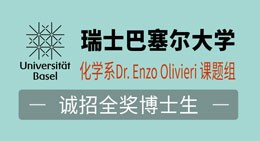
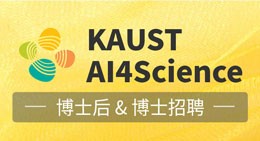

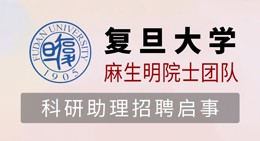

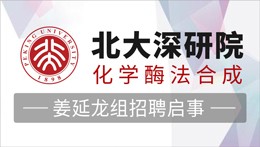
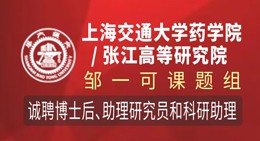
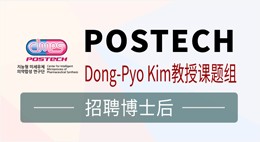
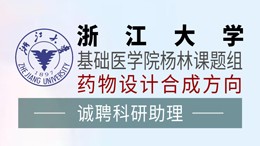



 京公网安备 11010802027423号
京公网安备 11010802027423号